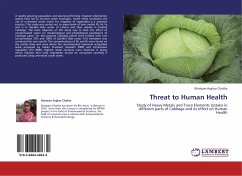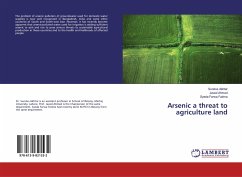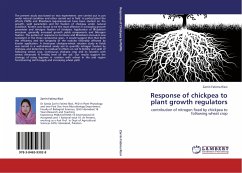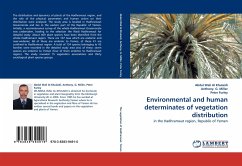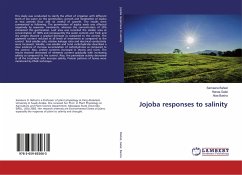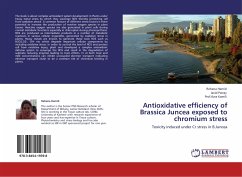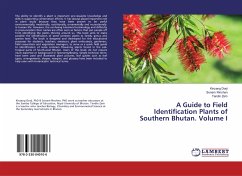A rapidly growing population and poorly performing irrigation distribution system have led to increase water shortages. Under these conditions the use of untreated waste water for irrigation of vegetables is a common practice. This study was carried out to assess levels of toxic metals Pb, Ni, Fe and Li in Gandha Nala water of Lahore and their uptake in treated Cabbage. The main objective of this study was to look the effect of contaminated water on morphological and physiological parameters of Cabbage plant. For this purpose Cabbage plants were treated with two concentration 30% and 100% of Gandha Nala water. This treatment was continued for one month. The concentrations of Pb and Ni were found on dry matter basis and were above the recommended maximum acceptable levels proposed by Indian Standard (Awasthi 2000) and Commission regulation (EU 2006). Highest metal contents were observed in leaves which indicate that leafy vegetables should be consumed carefully if produced using untreated waste water.
Bitte wählen Sie Ihr Anliegen aus.
Rechnungen
Retourenschein anfordern
Bestellstatus
Storno

